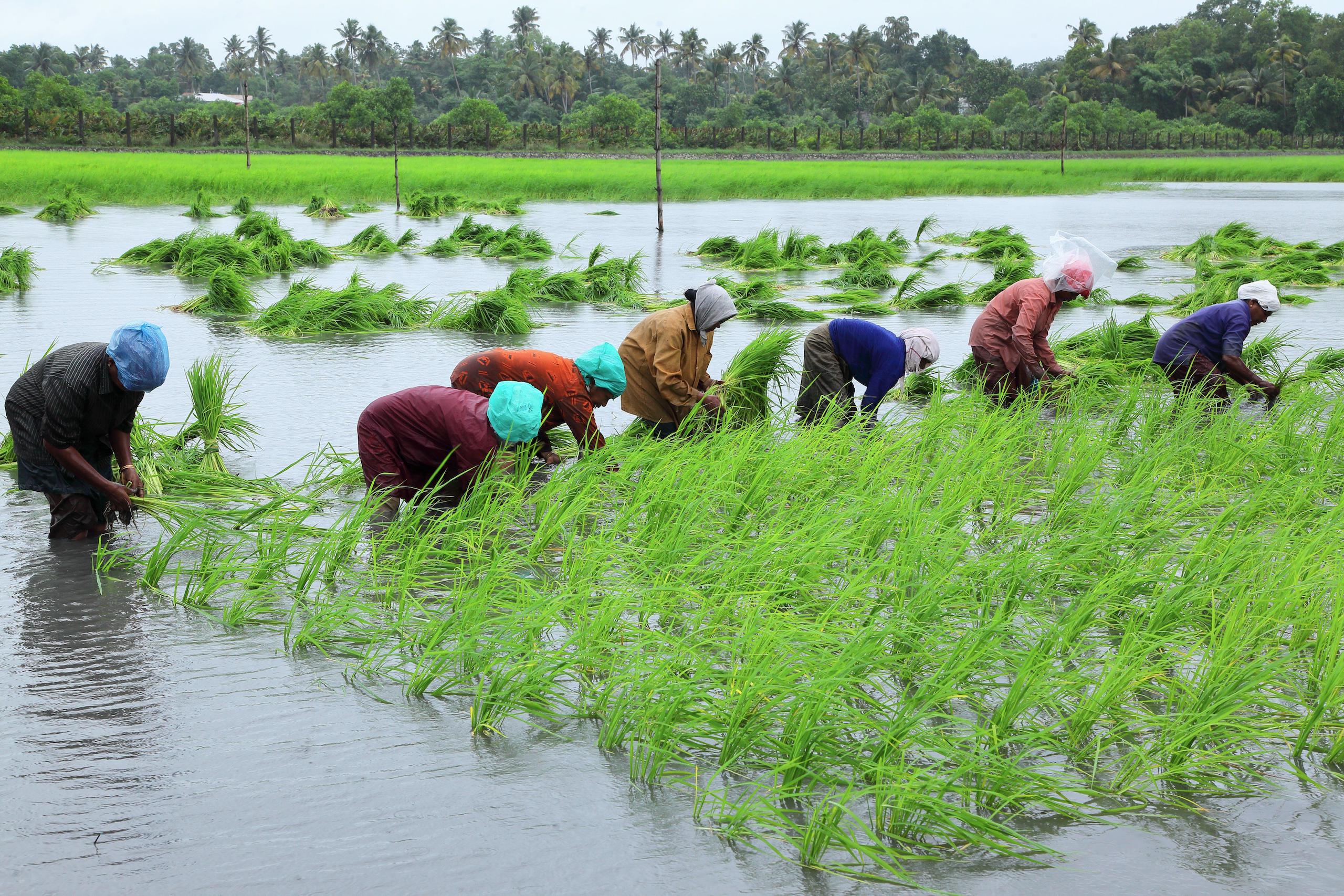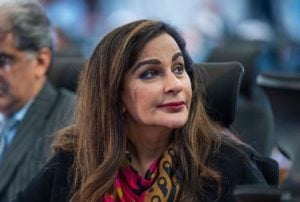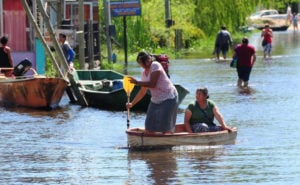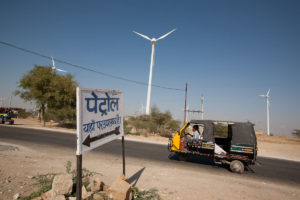2023 was the hottest year on record. Perversely, the UN Environment Programme Adaptation Gap Report 2023, published in November last year, revealed that public funding for adaptation to climate change had decreased. The report estimated that USD 215-387 billion (the lower figure is based on the UNEP’s modelling, the higher on developing country submissions to the UNFCCC) was needed per year. Only USD 21 billion was available in 2023. That leaves an immense shortfall of USD 194-366 billion per year. Vulnerable populations in developing countries do not have the luxury of waiting for some miracle to bridge this gap.
For years now, developed countries and global financial institutions have played up the importance of private finance in bridging this adaptation funding gap. However, according to the Global Center on Adaptation (an international initiative dedicated to accelerating adaptation to climate change) the private sector financed less than 3% of such activities globally between 2019 and 2022. During COP28 in Dubai last year, the latest Global Goal on Adaptation work programme glossed over this critical issue in its final text, despite opposition from developing countries.
The Global Goal on Adaptation (GGA) was established by the Paris Agreement in 2015. More specifically, it was established by Article 7 of the agreement, which is dedicated to climate change adaptation: “Enhancing adaptive capacity, strengthening resilience and reducing vulnerability to climate change in the context of the temperature goal of the Paris Agreement. It aims to significantly strengthen national adaptation efforts, including through support and international cooperation.”
The GGA triggered the Glasgow-Sharm el-Sheikh work programme, which gathered scientists, technology experts and reviewers to establish how best to achieve global climate change adaptation. This work programme started in 2021 and was concluded two years later, with the publication of the UAE Framework for Global Climate Resilience at COP28 in Dubai.
Multinational efforts to achieve the GGA’s vision continue.
A lack of finance is not the only problem. The UN Environment Programme report points out that 15% of countries do not even have a national adaptation plan – so even if they were to access finance, there is no clarity on how they would use it. The report also notes that non-economic losses and damages, such as human deaths, the destruction of biodiversity, or the loss of cultural heritage, are difficult to price.
In the face of these massive challenges at the macro level, the countries of the Himalayan watershed are going to have to increasingly focus on what they can do by themselves. The last few years have offered a set of examples to be followed – and others to be avoided.
The role of microfinance
For farmers, adaptation can require shifting to new crops, but successfully growing crops is only part of the challenge – the produce also needs to be marketed. Women farmers especially need help with this, as was found in a recent effort across Vietnam, Cambodia and Bangladesh.
However, banks are typically unwilling to give small loans to farmers, especially when borrowers cannot provide significant collateral. This is where governments and development agencies can step in, by helping farmers to form cooperatives and standing as guarantors for loans.
Bangladesh has a Local Government Initiative on Climate Change (LoGIC) that helps communities secure finance for local adaptation actions. It includes a platform that enables participants to share best practices and other learnings, and a system through which to track and evaluate actions taken. According to the Global Centre on Adaptation, as of December 2023 almost two million people had benefited across nine districts where this microfinance project is deployed.
Such initiatives, critical to dealing with the climate crisis, can be easily replicated, but the real challenge is scaling them up.
Learning from heat action plans
One immediate and widespread impact of climate change is heat stress, which is triggering illness and death; the recent ICC Men’s Cricket World Cup in India provided a vivid demonstration of this impact. People have traditional ways to adapt to extreme heat in most tropical countries, but urbanisation has led to large populations living in low-quality housing. By 2016, The World Bank estimated 130 million people in South Asia were living in informal settlements, where many traditional heat adaptation methods do not work.
Common-sense ways to deal with heat stress in modern urban settings were listed in the Ahmedabad Heat Action Plan, first published in 2013. These included broadcasting heatwave warnings to mobile phones, and either putting water-filled plastic bottles on rooftops, or painting rooftops white to lower indoor temperatures. The plan’s adoption in many cities across various countries has arguably saved lives.
Unfortunately, such strategies are not without their own problems. Far too often, heat action plans overlook the most vulnerable people, such as those who have to stay outdoors or close to a source of heat to make a living.
But there are ways to help them. For example, the Bangalore-based energy access NGO Selco Foundation has been exploring low-energy air conditioners and water-based coolers, but also passive cooling solutions such as shading for windows and facades, more ventilation, higher ceilings to facilitate air circulation, and insulation material for roofs, walls and windows. Selco has started a scheme in the Indian Himalayan state of Meghalaya to subsidise half the cost of these innovations for micro-enterprises such as eateries, tailors and food-processing units, while facilitating zero-interest loans to cover the rest.
What not to do
The 2022 floods in Pakistan were devastating, and the response by the government highlighted many failures when it comes to adaptation measures. Women were amongst the worst affected, but are excluded from climate change conversations, while farmers are still struggling to access compensation. Much of this is an outcome of top-down thinking, which is reflected in Pakistan’s climate change adaptation plan. Such an approach ignores crucial issues, such as the fact that the most suitable adaptation measures are often known, but not followed, while local knowledge is often ignored.
This issue is not exclusive to Pakistan; Nepal’s climate action plan suffers from exactly the same problems.
Wanted: local solutions
As climate change accelerates the water cycle and leads to rises in sea levels, local solutions may be key to successful adaptation.
In July 2023, a flash flood – one of the disasters made more common in the Himalayas because of climate change – killed 23 people in eastern Bhutan. The government is upgrading its early warning systems for such disasters, an urgent adaptation measure that has been flagged by the World Meteorological Organisation and the UN Secretary General.
When it comes to rising seas, scientists have now developed salt-tolerant rice varieties that have worked well in Cambodia and Madagascar, as long as planners took the elementary step of involving local farmers at every stage of the process. But there is a limit beyond which even the salt-tolerant varieties cannot cope.
This, in a sense, encapsulates what is possible for developing countries. Even without additional funding, they can still make better adaptation decisions, but only up to a limit. Beyond that – if developed countries do not help, and the world continues to pump out greenhouse gases – all that the poor of the world can do is suffer, flee, or die.









